Tag: block and tackle
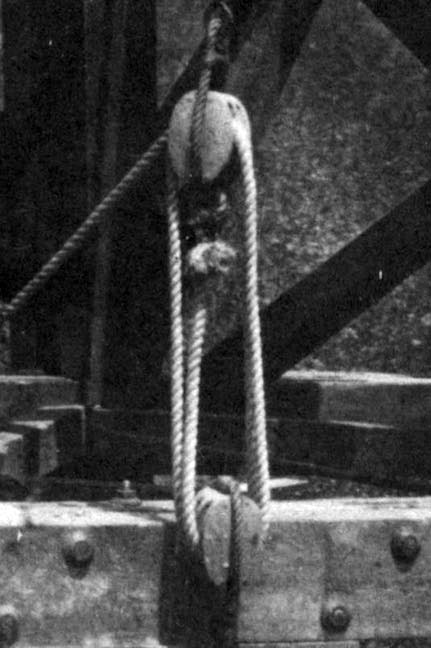 Wikipedia says: A block and tackle or only tackle is a system of two or more pulleys with a rope or cable threaded between them, usually used to lift heavy loads.
Wikipedia says: A block and tackle or only tackle is a system of two or more pulleys with a rope or cable threaded between them, usually used to lift heavy loads.
The pulleys are assembled to form blocks and then blocks are paired so that one is fixed and one moves with the load. The rope is threaded through the pulleys to provide mechanical advantage that amplifies the force applied to the rope.
Hero of Alexandria described cranes formed from assemblies of pulleys in the first century. Illustrated versions of Hero’s Mechanica (a book on raising heavy weights) show early block and tackle systems.
A block is a set of pulleys or sheaves mounted on a single frame. An assembly of blocks with a rope threaded through the pulleys is called tackle. The process of threading ropes through blocks is called “reeving”, and a threaded block and tackle is said to have been “rove”. A block and tackle system amplifies the tension force in the rope to lift heavy loads. They are common on boats and sailing ships, where tasks are often performed manually.
A block and tackle is characterized by the use of a single continuous rope to transmit a tension force around one or more pulleys to lift or move a load. Its mechanical advantage is the number of parts of the rope that act on the load. The mechanical advantage of a tackle dictates how much easier it is to haul or lift the load.
If frictional losses are neglected, the mechanical advantage of a block and tackle is equal to the number of parts in the line that either attach to or run through the moving blocks—in other words, the number of supporting rope sections.
Showing 1–16 of 56 results
-
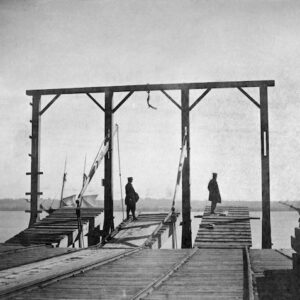
Image ID: AAAB
$5.99 -
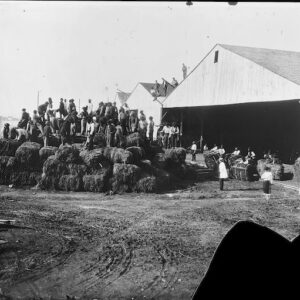
Image ID: AADX
$4.99 – $6.99 This product has multiple variants. The options may be chosen on the product page -
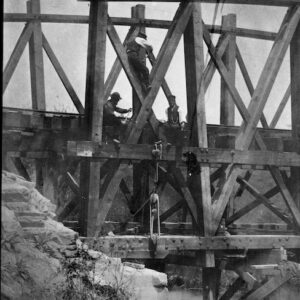
Image ID: AAEL
$5.99 -
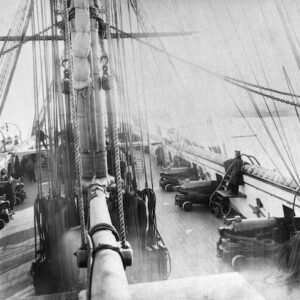
Image ID: AAFR
$6.99 -
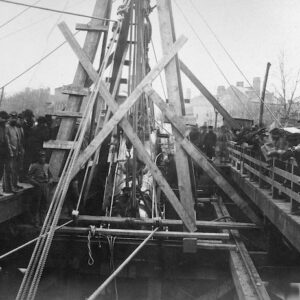
Image ID: AAGE
$4.99 -
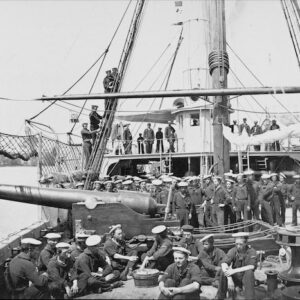
Image ID: AAHT
$6.99 -
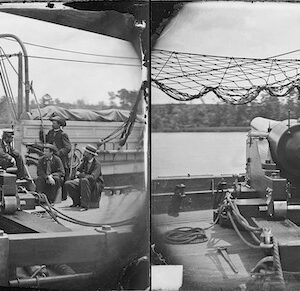
Image ID: AAHV
$3.99 This product has multiple variants. The options may be chosen on the product page -
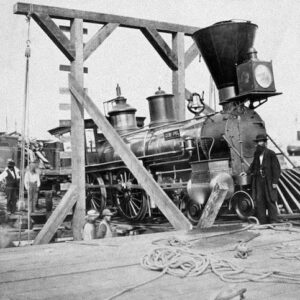
Image ID: AAPE
$4.99 -
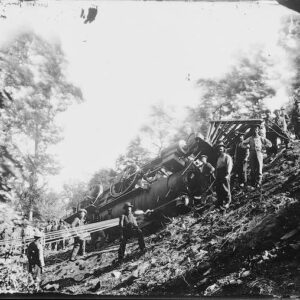
Image ID: AAPU
$4.99 -
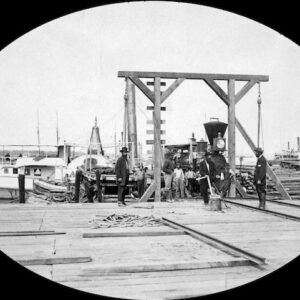
Image ID: AAQE
$1.99 -
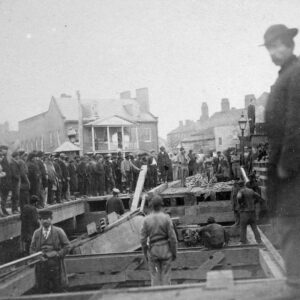
Image ID: AASS
$0.99 -
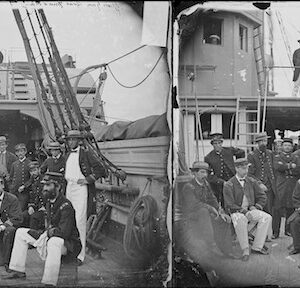
Image ID: ABDE
$3.99 -

Image ID: ABNE
$5.99 -
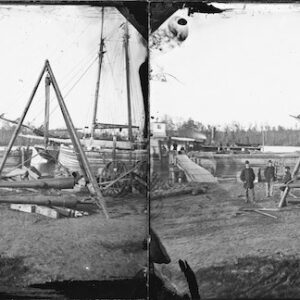
Image ID: ABNU
$6.99 -
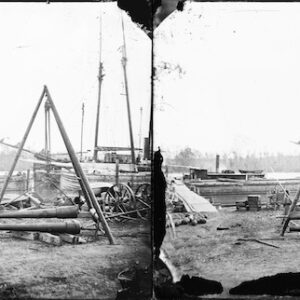
Image ID: ABOI
$6.99 -
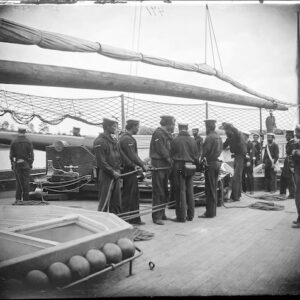
Image ID: ABTK
$4.99